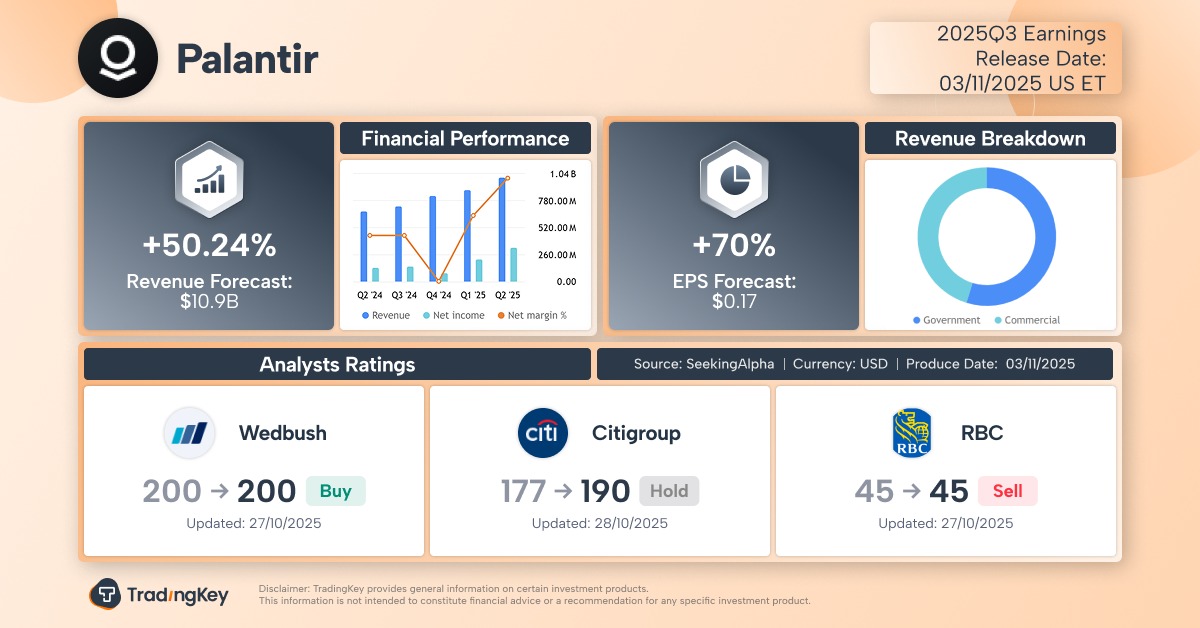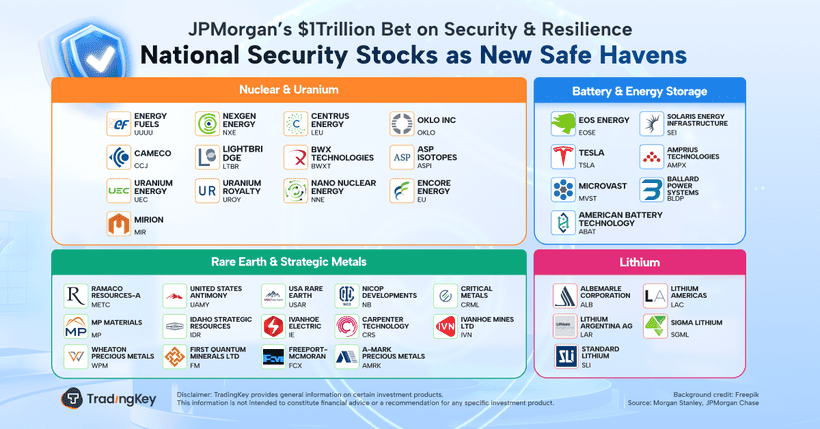China’s 2025 H1 GDP Growth Beats Target — But Weak Domestic Demand Could Push CPI Into Deflation in 2025

TradingKey - Driven by proactive macroeconomic policies, China’s Q2 GDP grew 5.2% year-over-year, slightly below Q1’s 5.4% but still above market expectations of 5.1%. For the first half of 2025, GDP expanded 5.3%, reaching a total value of ¥66.05 trillion.
Despite Trump’s tariff war and global trade uncertainty, China’s exports have shown resilience — but analysts warn that weak domestic demand remains a key risk, raising concerns over deflationary pressures for the rest of the year.
Stronger Output, Weaker Consumption
On July 15, China’s National Bureau of Statistics released data showing:
- Industrial output rose 6.8% YoY in June, well above the expected 5.6%
- However, retail sales growth slowed sharply, from 6.4% in May to just 4.8% in June — worse than the forecasted 5.6%

China’s Retail Sales YoY Growth, Source: TradingKey
This divergence — strong industrial activity but weak consumption — highlights an ongoing challenge for Chinese economic stability.
Economists at Societe Generale SA noted that it’s a picture of strong supply but weak domestic demand, and export resilience is not going to last.
Bloomberg economists added that although Q2 GDP growth was only mildly slower than Q1, underlying data raises concerns about the outlook. Policymakers must remain vigilant as downside risks persist.
Reduced Need for Broad Stimulus?
With the first-half growth exceeding the official target of 5%, analysts believe there may be less urgency for further broad stimulus measures. The People’s Bank of China (PBoC) has also emphasized its preference for targeted credit support, rather than widespread easing.
However, Capital Economics warned that growth could slow in the second half of the year, as export momentum cools and fiscal tailwinds fade.
According to a Reuters survey, many economists expect:
- Q3 GDP growth to slow to 4.5%
- Q4 growth to fall further to 4.0%
In contrast, Bank of China Research Institute remained more optimistic, forecasting 5.0% growth for Q3 and 4.6% for Q4, with full-year growth maintaining around 5.0%.
Deflation Risk Looms
With retail sales and real estate activity still lagging, ANZ economists argue that deflation remains a major threat — suggesting that one-off subsidies are unlikely to spark a sustained recovery in consumer demand.
David Qu and Eric Zhu from Bloomberg estimate that overall CPI could decline by 0.1% in 2025, marking the first annual deflation since 2009.
They also project that the PPI (Producer Price Index) will fall by another 3.0%, worsening from last year’s 2.2% decline.
Policy Support Remains Key
Chinamoney (CMB) analysts pointed out that external uncertainties, household income weakness, and real estate volatility may continue to weigh on monthly consumption trends — though they expect retail sales to trend upward in H2.
The bank highlighted that expansion of the “trade-in” subsidy policy — aimed at boosting auto, home appliance, and tech upgrades — would be a key driver for consumption in the second half. Government subsidies are expected to expand beyond the current ¥300 billion level.







